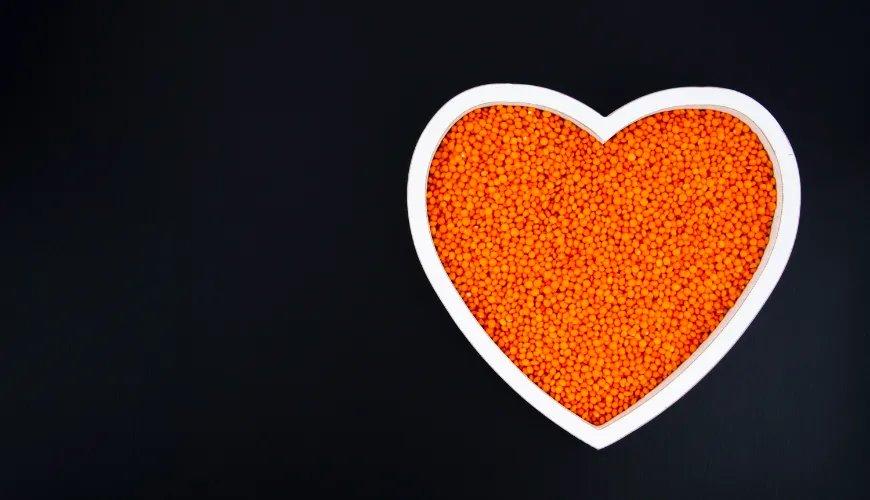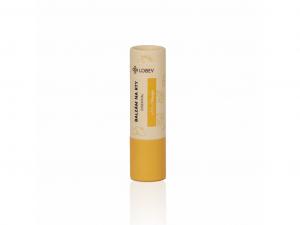
Discover the Power of an Elimination Diet and Improve Your Health

Nowadays, more and more people are dealing with various health issues, which can include digestive problems, skin issues, chronic fatigue, or headaches. These problems often remain unrecognized or are addressed with medications that may have undesirable side effects.
What is an elimination diet?
An elimination diet is a dietary plan aimed at identifying foods that may cause adverse reactions in the body. This process usually involves two phases: elimination and subsequent reintroduction. During the elimination phase, certain foods, which are common allergens or irritants, are removed from the diet. After a certain period, usually 2-4 weeks, these foods are gradually reintroduced into the diet to determine if they trigger any symptoms.
This diet is not intended only for people suffering from food allergies. It can be very useful for those experiencing nonspecific symptoms, such as bloating, diarrhea, fatigue, headaches, or skin rashes, which may be caused by food intolerances.
Try our natural products
How does the elimination phase work?
The elimination phase is a key element of the entire diet. During this phase, all potentially problematic foods need to be removed from the diet. This can include foods such as dairy products, gluten, soy, nuts, eggs, red meat, fish, shellfish, nightshades (like tomatoes, potatoes, and eggplants), sugar, caffeine, alcohol, and processed foods.
The goal of this phase is to cleanse the body of all possible irritants so that foods causing problems can be more easily identified. It can be challenging because you must give up some of your favorite foods, but the result often justifies the effort. Many people report feeling better even during the elimination phase because their body is not burdened by these foods.
What to eat during the elimination phase?
The diet during the elimination phase may seem limited, but there are still many healthy and tasty options. Vegetables (except nightshades), fruits (except citrus fruits), gluten-free grains (such as rice, quinoa, and buckwheat), legumes, seeds and nuts (if not excluded), poultry, game, and fish low in mercury are great choices. You should also ensure an adequate intake of healthy fats, such as olive oil or avocado.
Reintroduction: The key to finding problematic foods
After completing the elimination phase, the reintroduction phase follows, which is as important as the elimination itself. In this phase, foods previously excluded from the diet are gradually reintroduced, usually one at a time, at intervals of several days. This gradual approach allows for monitoring the body's specific reactions to individual foods. If adverse symptoms occur after reintroducing a particular food, such as bloating, abdominal pain, diarrhea, constipation, fatigue, or skin problems, it may indicate that this food is not suitable for your body.
Foods should be reintroduced into the diet thoughtfully, usually every 3-4 days, starting with small portions that are gradually increased. Carefully monitor for any unwanted reactions. If symptoms appear, it is advisable to eliminate this food again and attempt its reintroduction later.
It is also important to keep a detailed diary, recording all reactions to individual foods. This diary will help you better understand how your body reacts to different types of food and facilitate decision-making about your diet.
Elimination diet as a path to personal health
An elimination diet is not just a temporary eating plan but can be the key to long-term health and well-being. Many people who have successfully completed an elimination diet have found that their health issues were caused by specific foods. After identifying these foods, these individuals can adjust their diet to avoid them, thus preventing adverse symptoms.
At the same time, it is important to realize that an elimination diet is not for everyone. If you have serious health issues or suspect a food allergy, it is always best to consult your plans with a nutritionist or doctor. These professionals can provide useful advice and ensure that the diet is safe and effective.
Is the elimination diet for you?
Are you wondering if an elimination diet could be the right path for you? If you suffer from chronic health problems that seem unmanageable or have no clear cause, an elimination diet might be the key to uncovering food intolerances or allergies that could be behind your issues. Although the elimination diet may seem challenging and restrictive, its benefits can be significant. It will help you not only improve your physical health but also better understand your body's reactions to different foods. This process can lead to lasting changes in your lifestyle and eating habits, helping you feel better and live a healthier life.
The elimination diet is an effective tool for improving overall well-being. Although it requires some effort and determination, the results can be very beneficial. It allows you to identify foods that cause adverse reactions, preventing further health problems. If you decide to try this diet, carefully monitor your symptoms and consult your steps with a professional to ensure you are proceeding correctly. Remember, everyone is different, and what works for one person may not work for another. The elimination diet is primarily about finding what is best for you.




